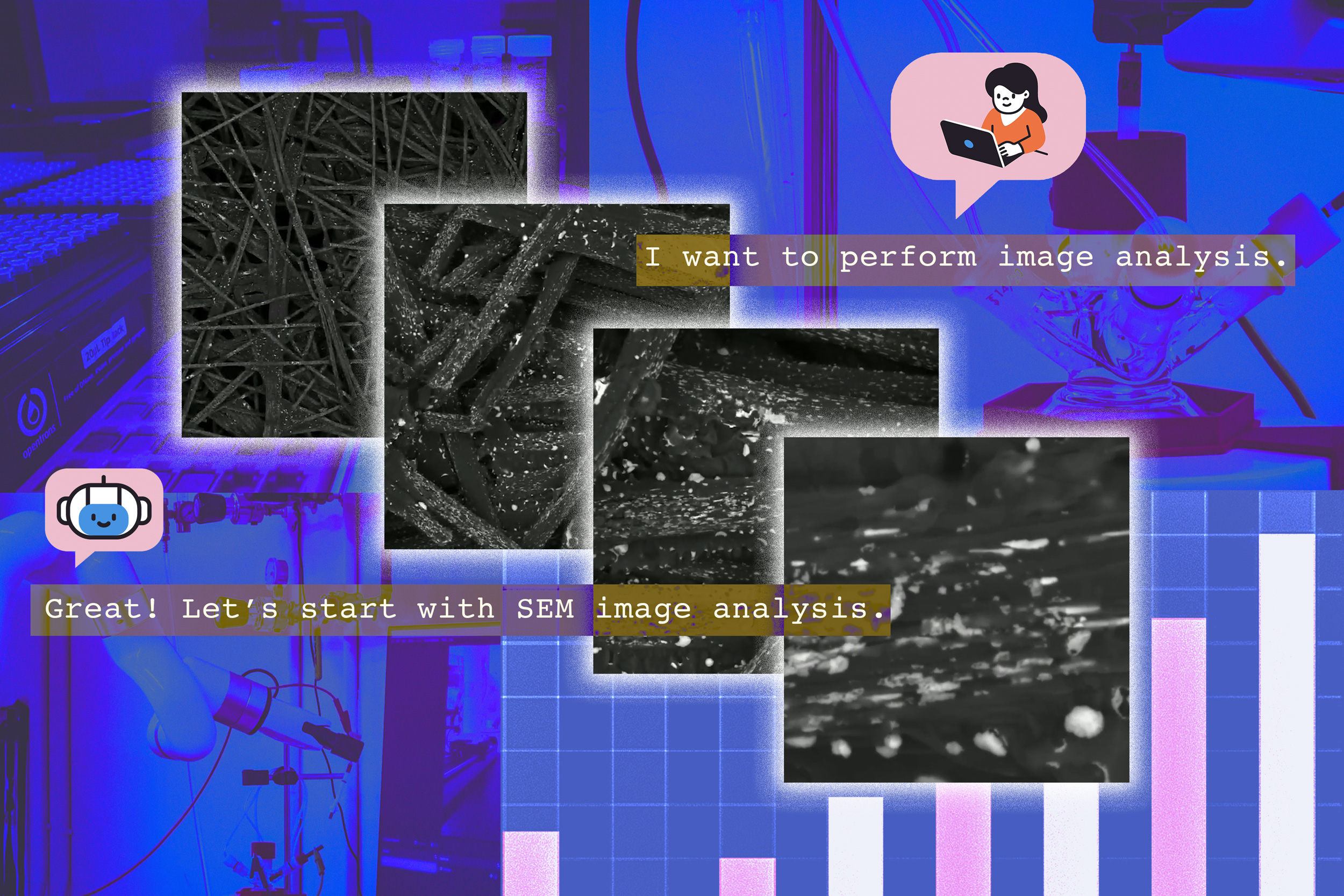Machine learning is rapidly reshaping the landscape of materials science, propelling forward the discovery of innovative materials with applications across multiple fields. At the forefront of this revolution, researchers at MIT have developed a groundbreaking system known as the Copilot for Real-world Experimental Scientists (CRESt). This platform integrates diverse data sources and utilizes advanced machine-learning models to streamline the experimental process in materials science, significantly speeding up the discovery of new materials.
### Integrating Multimodal Data
Traditional machine-learning models in materials science often operate within narrow parameters, relying on specific types of data. In contrast, CRESt adopts a holistic approach by using multimodal data that encompasses not just experimental results but also insights from existing scientific literature, chemical compositions, microstructural images, and more. This multifaceted perspective is akin to how human scientists work collaboratively, leveraging collective knowledge and experiences to explore nuanced scientific questions.
For instance, standardized workflows require extensive planning and can be both time-consuming and costly. Through a method known as active learning combined with Bayesian optimization, researchers can efficiently utilize previous experimental data to explore novel materials. However, conventional Bayesian optimization sometimes fails to capture the complexities inherent in materials. CRESt addresses this gap by utilizing a broader data spectrum, enabling the system to embark on richer explorations of materials chemistry.
### Enhanced Experimentation Processes
CRESt revolutionizes experiment planning and design by allowing researchers to interact with the system using natural language. This feature eliminates the need for coding, making advanced materials discovery accessible even to those without extensive technical expertise. The system actively converses with researchers, forms its own hypotheses, and suggests corrections throughout the experimental workflow.
Robotic systems play a crucial role within CRESt. They automate labor-intensive processes, from material synthesis to comprehensive electrochemical testing. The integration of tools such as a liquid-handling robot and automated microscopy means the system can analyze and characterize materials swiftly. Consequently, CRESt’s capacity to run 3,500 electrochemical tests across more than 900 chemistries demonstrates its potential to uncover groundbreaking materials, such as a new catalyst material that outperformed conventional options in a fuel cell scenario.
### Practical Applications and Real-World Impact
One of the significant achievements facilitated by CRESt is the discovery of an electrode material for direct formate fuel cells, which promise high power density options in energy generation. With the system’s ability to identify a multielement catalyst containing various elements, researchers achieved notable improvements—specifically, a 9.3-fold increase in power density per dollar compared to pure palladium, a material traditionally viewed as indispensable but costly.
Such advancements are crucial in confronting energy challenges that the materials science community has grappled with for years. The incorporation of lower-cost elements not only presents a solution for enhancing energy efficiency but also minimizes reliance on precious metals, promoting sustainability.
### Addressing Reproducibility Challenges
Reproducibility is a persistent issue in materials science, where minor variations can lead to significant differences in experimental outcomes. CRESt’s innovative use of computer vision and vision-language models provides a promising solution. By monitoring experiments visually, the system can detect inconsistencies and suggest potential adjustments that improve reliability and consistency in results.
The implementation of computer vision allows CRESt to identify deviations in experimental conditions, hypothesizing potential sources of unreproducibility. This capability helps researchers understand and resolve issues that might otherwise hinder the experimental process. While the system serves primarily as an assistant—empowering human researchers rather than replacing them—it enhances their capability to navigate the complexities of materials testing effectively.
### A Partnership Between Humans and AI
Despite the advanced functionalities of CRESt, experts stress the importance of human involvement in the scientific process. Ju Li, a leading researcher from MIT, emphasizes that human researchers remain indispensable within this collaborative framework. CRESt is designed to complement human expertise, providing insights while empowering scientists to make informed decisions.
The platform represents a significant step toward creating self-driving laboratories capable of autonomously managing experimental workloads while still relying on the principled judgment of human researchers. As materials science evolves, the partnership between humans and AI systems encapsulated within platforms like CRESt embodies the future of scientific discovery, paving the way for innovations that could reshape industries.
### Conclusion
In summary, the developments at MIT involving CRESt exemplify a transformative approach to materials discovery that integrates multifaceted data, facilitates experimentation, improves reproducibility, and ultimately accelerates innovation. As this collaboration between AI and human researchers continues to mature, the potential for solving pressing energy problems and reducing costs associated with material production is poised to enhance sustainability and drive technological advancements.
As we forge ahead into an era where AI plays a pivotal role in scientific inquiry, maintaining a fundamental commitment to collaboration and harnessing diverse expertise will be essential for unlocking the full potential of these technologies. By leveraging systems like CRESt, scientists are better equipped to not only understand but also create the materials that will define the future.
Source link







:max_bytes(150000):strip_icc()/GettyImages-2238127963-b114f56e83ca40b6979021ca94a9bb6e.jpg?w=150&resize=150,100&ssl=1)

